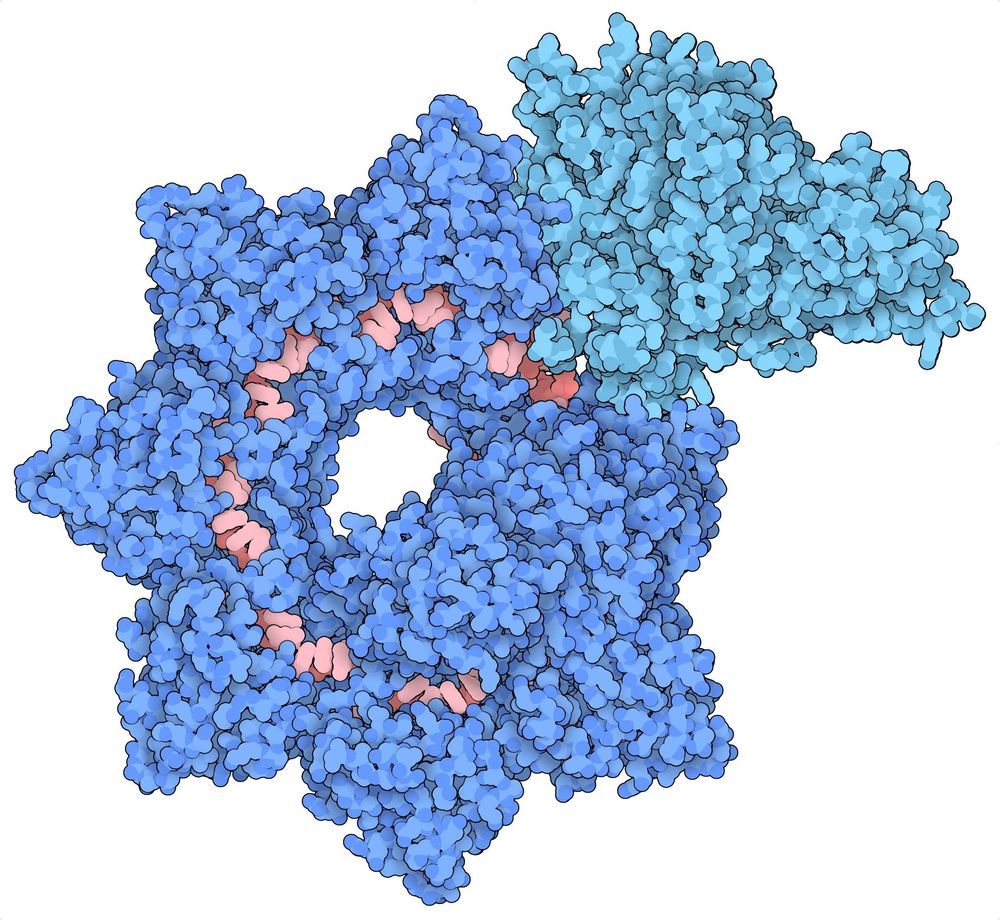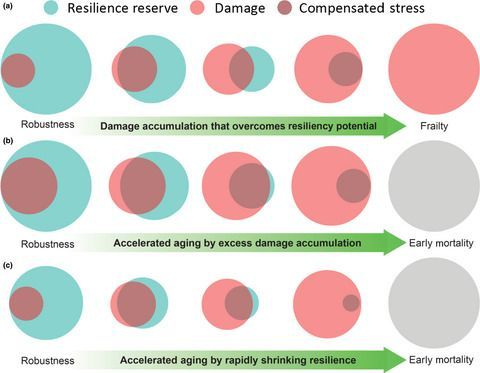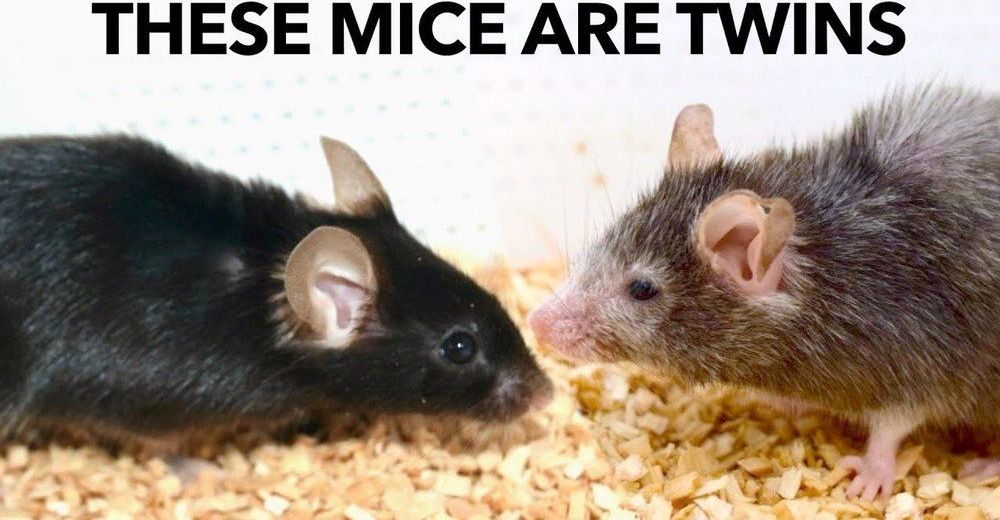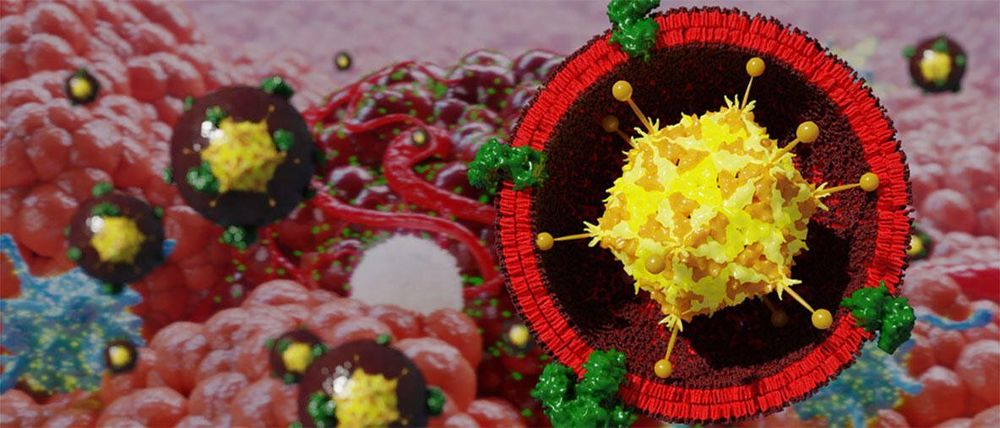
Columbia scientists have captured the first images of a new gene editing tool that could improve upon existing CRISPR-based tools. The team developed the tool, called INTEGRATE, after discovering a unique “jumping gene” in Vibrio cholerae bacteria that could insert large genetic payloads in the genome without introducing DNA breaks.
In the new study, published today in Nature, the researchers harnessed a Nobel Prize-winning technique called cryo-electron microscopy to freeze the gene editing complex in action, revealing high-resolution details about how it works.
“We showed in our first study how to leverage INTEGRATE for targeted DNA insertions in bacterial cells,” says Sam Sternberg, Ph.D., assistant professor of biochemistry & molecular biophysics at Columbia University Vagelos College of Physicians and Surgeons, who led the research with Israel Fernandez, Ph.D., assistant professor of biochemistry & molecular biophysics at Columbia. “These new images, a wonderful collaboration with Israel Fernández’s lab, explain the biology with incredible molecular detail and will help us improve the system by guiding protein engineering efforts.”

















